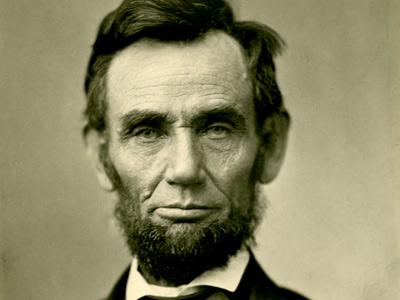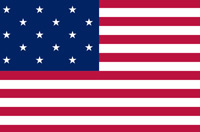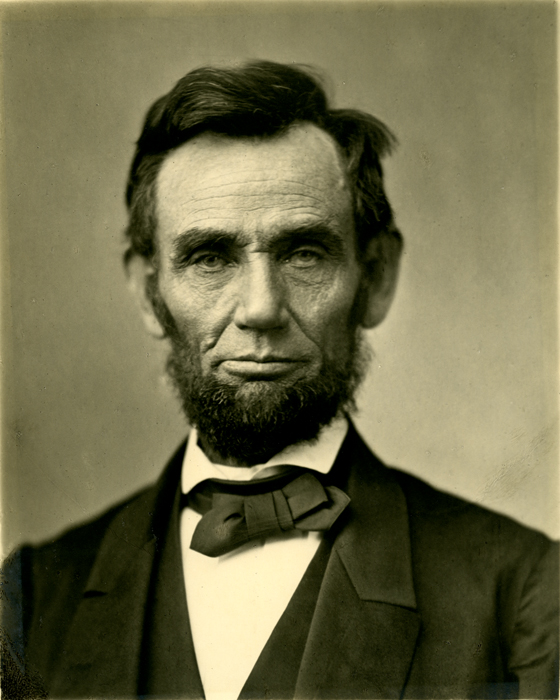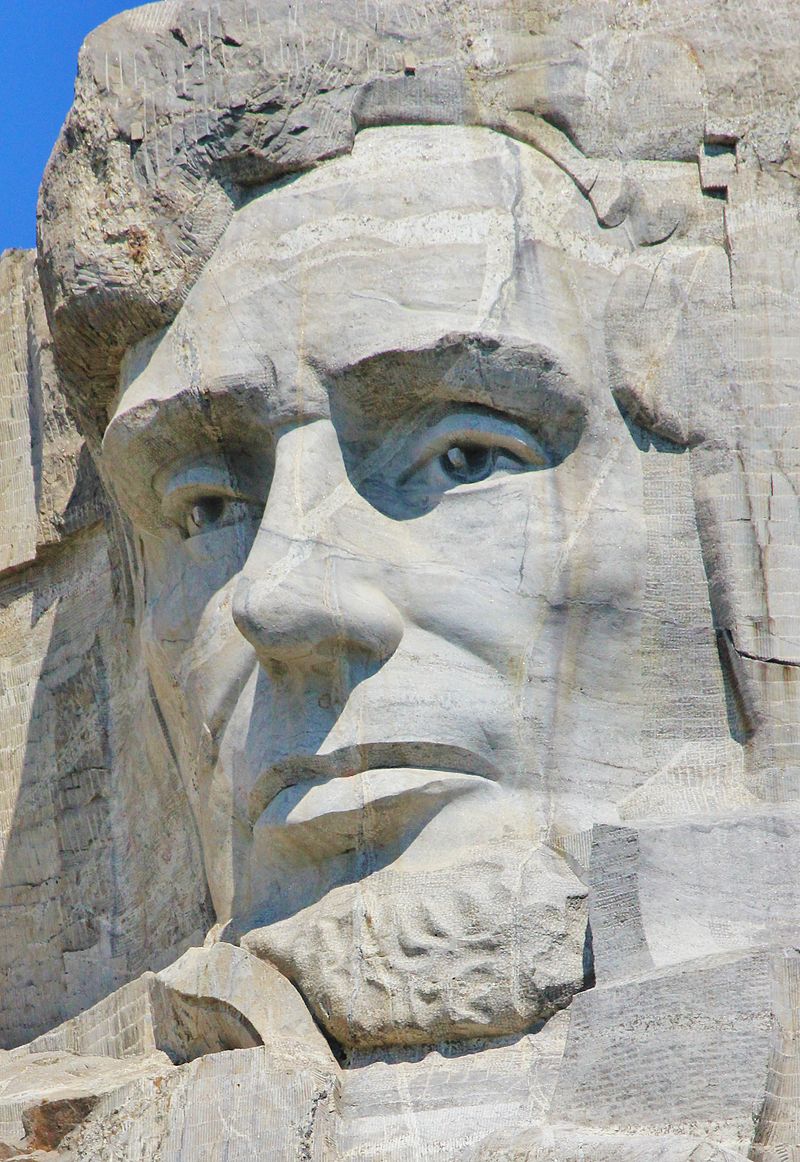Abraham Lincoln (1809-1865)

Redefining the Republic and Republicanism
The successful reunification of the states had consequences for the name of the country. The term "the United States" has historically been used, sometimes in the plural ("these United States"), and other times in the singular, without any particular grammatical consistency. The Civil War was a significant force in the eventual dominance of the singular usage by the end of the 19th century.
In recent years, historians such as Harry Jaffa, Herman Belz, John Diggins, Vernon Burton and Eric Foner have stressed Lincoln's redefinition of republican values. As early as the 1850s, a time when most political rhetoric focused on the sanctity of the Constitution, Lincoln redirected emphasis to the Declaration of Independence as the foundation of American political values—what he called the "sheet anchor" of republicanism. The Declaration's emphasis on freedom and equality for all, in contrast to the Constitution's tolerance of slavery, shifted the debate. As Diggins concludes regarding the highly influential Cooper Union speech of early 1860, "Lincoln presented Americans a theory of history that offers a profound contribution to the theory and destiny of republicanism itself." His position gained strength because he highlighted the moral basis of republicanism, rather than its legalisms. Nevertheless, in 1861, Lincoln justified the war in terms of legalisms (the Constitution was a contract, and for one party to get out of a contract all the other parties had to agree), and then in terms of the national duty to guarantee a republican form of government in every state. Burton (2008) argues that Lincoln's republicanism was taken up by the Freedmen as they were emancipated.
In March 1861, in Lincoln's first inaugural address, he explored the nature of democracy. He denounced secession as anarchy, and explained that majority rule had to be balanced by constitutional restraints in the American system. He said "A majority held in restraint by constitutional checks and limitations, and always changing easily with deliberate changes of popular opinions and sentiments, is the only true sovereign of a free people."
HISTORY
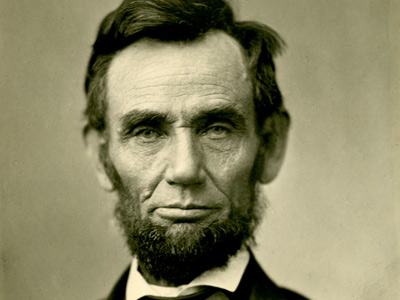
RESOURCES
This article uses material from the Wikipedia article "Abraham Lincoln", which is released under the Creative Commons Attribution-Share-Alike License 3.0.
© Stories Preschool. All Rights Reserved.
